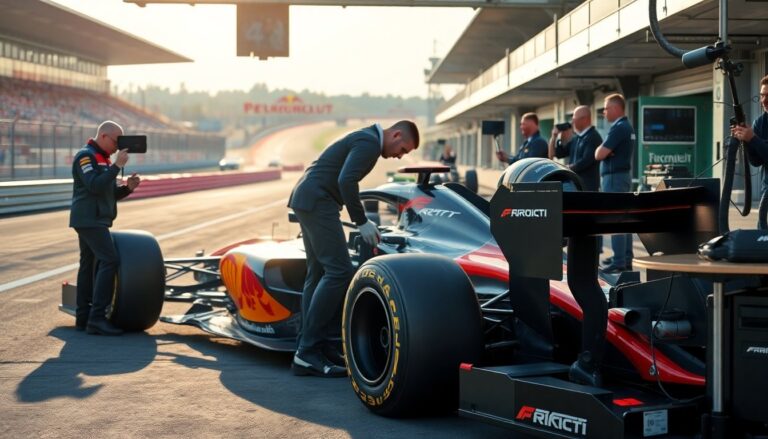Argomenti trattati
Formula 1, often abbreviated as F1, represents the pinnacle of motorsport, where speed, technology, and strategy converge. This thrilling sport has evolved significantly since its inception in the early 20th century, transforming from a series of informal races into a global phenomenon. In this article, we will explore the history of Formula 1, its technological advancements, and the growing emphasis on sustainability and safety.
The rich history of Formula 1
The first official Formula 1 World Championship took place in 1950, but the roots of the sport stretch back much further. The early races were characterized by unregulated speed contests on public roads, often leading to dangerous conditions. As the sport grew, so did the need for regulation, culminating in the creation of the Fédération Internationale de l’Automobile (FIA), which established rules and guidelines for racing.
The golden era of racing
The 1960s and 1970s are often referred to as the golden era of Formula 1. This period witnessed the rise of legendary drivers such as Jim Clark, Jackie Stewart, and Niki Lauda, who not only showcased their incredible driving skills but also contributed to the evolving safety standards of the sport. The introduction of crumple zones and improved cockpit designs were direct responses to the tragic accidents that claimed several lives during this time.
Technological advancements in Formula 1
As the sport progressed into the 1980s and 1990s, the emphasis shifted from merely speed to the integration of cutting-edge technology into the vehicles. The introduction of turbocharged engines and advanced aerodynamics revolutionized the design and performance of F1 cars. These innovations allowed teams to push the limits of speed and efficiency, further enhancing the competitive nature of the sport.
The role of data analytics
In the 21st century, data analytics has become a cornerstone of Formula 1. Teams now rely heavily on telemetry data to monitor every aspect of a car’s performance during a race. This influx of information enables teams to make real-time adjustments, strategize pit stops, and optimize tire choices based on track conditions. The ability to analyze data has transformed F1 into a sport where not just driving skill but also data-driven decision-making plays a crucial role in securing victory.
The future of Formula 1
Looking ahead, Formula 1 is at a crossroads, with sustainability and safety taking center stage. The FIA has implemented initiatives aimed at reducing the sport’s environmental impact, including the introduction of hybrid power units and a commitment to achieving a net-zero carbon footprint by 2030. These measures reflect a broader societal trend towards sustainability, ensuring that Formula 1 remains relevant in an ever-changing world.
Embracing electric technology
The discussion around electric technology is gaining traction within the F1 community. While traditional combustion engines have defined the sport for decades, there is a growing consensus that incorporating electric power could enhance performance while reducing emissions. The potential introduction of fully electric races could mark a new chapter for Formula 1, appealing to a younger, more environmentally conscious audience.
The evolution of Formula 1 has been marked by a continuous quest for speed, safety, and sustainability. From its humble beginnings to the sophisticated, technologically advanced sport we know today, F1 has adapted to the challenges of each era. As we look to the future, the balance between tradition and innovation will be essential in shaping the next phase of this exhilarating sport.

